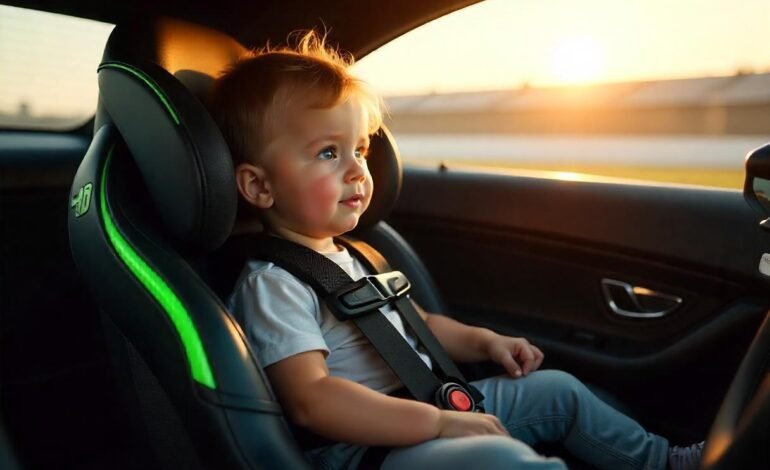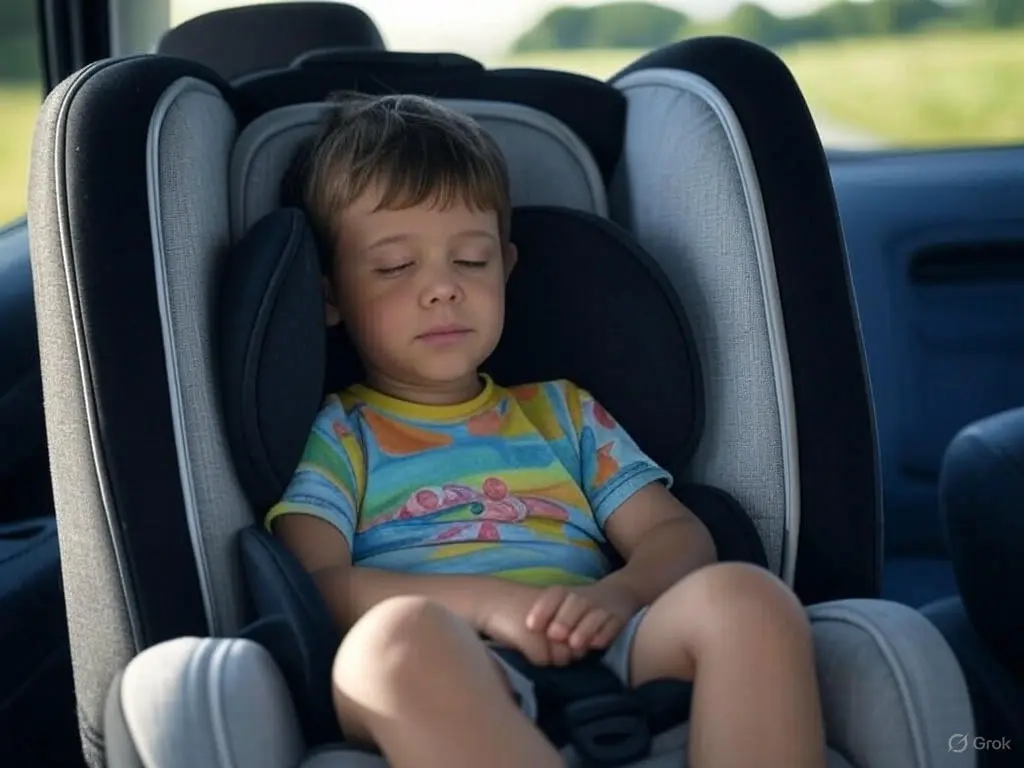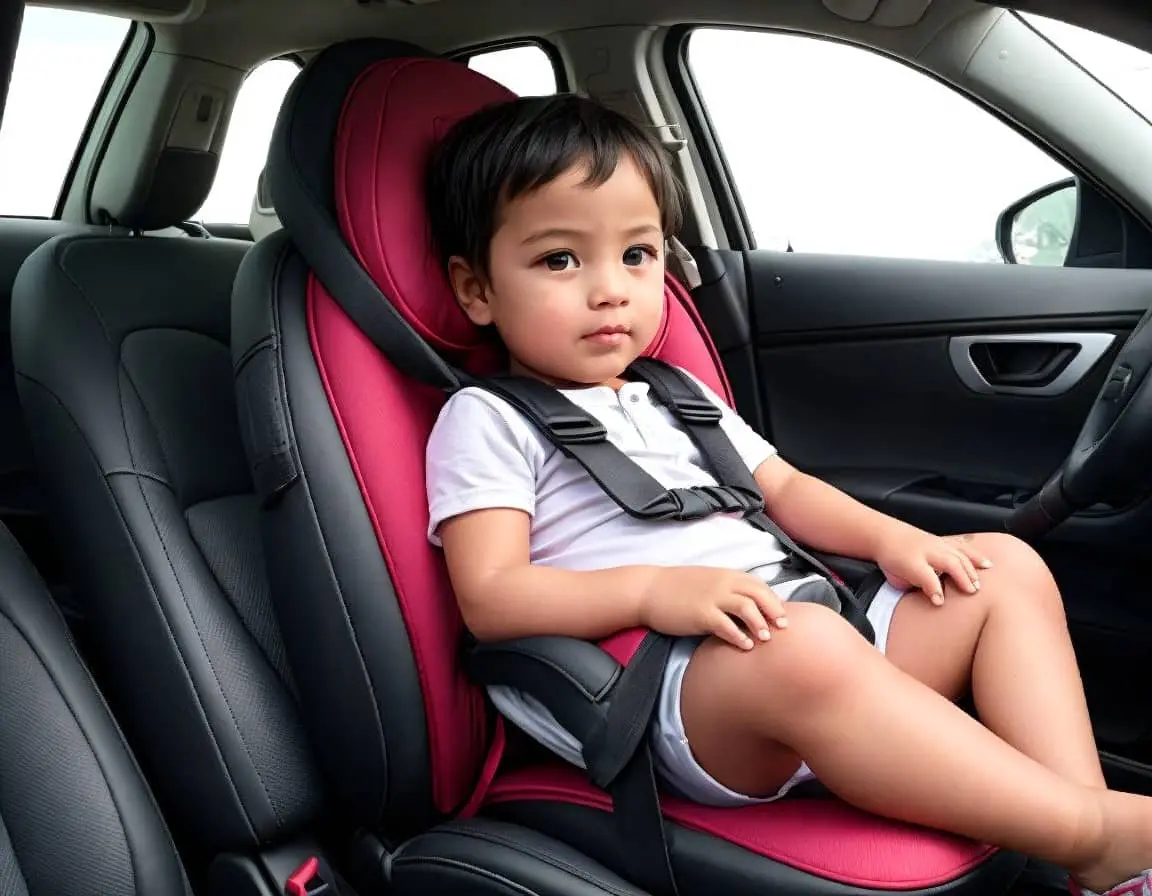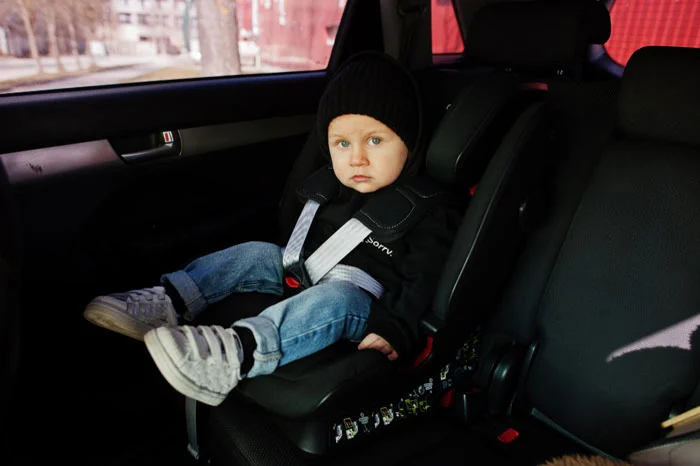Child Car Seat Rules in Sweden: A Comprehensive Guide

Sweden is renowned for its exemplary road safety record, particularly in protecting children in vehicles, with one of the lowest child traffic fatality rates globally. This success is largely due to stringent car child seat rules, a strong emphasis on rear-facing seats, and decades of public education. Whether you’re a resident or a visitor planning a family trip, understanding Sweden’s car seat laws is crucial for ensuring your child’s safety and avoiding fines.
This article outlines the legal requirements, safety standards, and practical tips for navigating Sweden’s child car seat rules, helping families travel safely across the country’s scenic roads.
Legal Requirements for Child Car Seats in Sweden
In Sweden, children under 135 cm (approximately 4 feet 5 inches) in height must use an approved child restraint system when traveling in a car, as mandated by the Swedish Transport Agency. This applies to all vehicles, including private cars, rental cars, and taxis, with the driver responsible for ensuring compliance for passengers under 15 years old. Non-compliance can result in a fine of approximately SEK 2,500 (around USD 240). Additionally, children under 140 cm (approximately 4 feet 7 inches) are prohibited from sitting in the front seat if an airbag is active, as airbags designed for adults can cause serious injury to children. If the airbag is deactivated, a child in a rear-facing seat may be placed in the front, though the back seat is generally safer.
There are two exceptions to the 135 cm rule for short, occasional trips:
- Children under 3 years old may travel in the back seat of a taxi without a child restraint, though this is discouraged for safety reasons.
- Children 3 years and older but under 135 cm may use a regular seatbelt in the back seat for short distances, but a proper child restraint is strongly recommended.
These exceptions are intended for rare circumstances, and safety experts, including the Swedish National Road and Transport Research Institute (VTI), emphasize that using an appropriate car seat significantly reduces injury risk by up to 85%.
Explore More- Car Child Seat Rules in Iceland: A Comprehensive Guide for Families
European Safety Standards: UNECE R44/04 and R129 (i-Size)
All child car seats in Sweden must comply with European safety standards, either UNECE R44/04 or the newer R129 (i-Size). The R129 standard, which is phasing out R44/04, is now mandatory for new car seats sold in Sweden due to its enhanced safety features. These include mandatory side-impact testing, height-based sizing, and the requirement for ISOFIX anchors in infant seats, which reduce installation errors. Older R44/04 seats can still be used until they expire (typically 5–10 years, depending on the manufacturer), but they must bear the “E” approval mark.
Sweden also promotes the Plus Test, a voluntary, rigorous crash test conducted by VTI, focusing on neck protection in frontal collisions. No forward-facing seats have passed this test due to the high neck forces they exert, reinforcing Sweden’s preference for rear-facing seats for as long as possible.
Types of Car Seats and Their Requirements
Swedish car seat regulations emphasize matching the restraint to the child’s height, weight, and developmental stage. The following outlines the main types of car seats used:
- Rear-Facing Infant Seats (0–13 kg, Birth to Approximately 9–12 Months):
- Infants must use a rear-facing car seat, which offers superior protection for their head, neck, and spine, especially in frontal collisions (about 80% of accidents).
- These seats are required until the child reaches 87 cm (R129) or 13 kg (R44/04), typically around 9–12 months, though keeping them rear-facing longer is encouraged.
- They can be installed using ISOFIX or the car’s seatbelt and must not be placed in front of an active airbag.
- Rear-Facing Child Seats (9–25 kg, Approximately 7 Months to 4–6 Years):
- Sweden strongly recommends rear-facing seats for children up to at least 4 years old, or until they reach 25 kg (55 lbs), the highest rear-facing limit globally.
- These seats provide up to five times more protection than forward-facing seats, reducing serious injury risk by 92% in frontal collisions.
- Installation typically uses ISOFIX or a seatbelt with a top tether, and many models are compact for smaller vehicles.
- Booster Seats (15–36 kg, Approximately 4–12 Years):
- Children who outgrow rear-facing seats transition to high-back booster seats, which use the car’s seatbelt to position it correctly across the child’s chest and lap.
- Boosters are required until the child reaches 135 cm, though use up to 150 cm is recommended for added safety.
- High-back boosters are preferred over backless ones for better side-impact protection.
- Convertible Seats:
- These seats adapt from rear-facing to forward-facing or booster modes, covering children from birth to around 8 years.
- They are economical and often use ISOFIX, with some models allowing rear-facing up to 25 kg.
Explore more- Child Seat Rules in Japan: A Comprehensive Guide to Ensuring Child Safety

Sweden’s Emphasis on Rear-Facing Seats
Sweden’s pioneering use of rear-facing seats, inspired by Professor Bertil Aldman in 1964, has made it a global leader in child car safety. The concept, drawn from astronaut seating, distributes crash forces across the child’s back, protecting their fragile neck and head. Studies show rear-facing seats reduce serious injury risk by 92% compared to 60% for forward-facing seats. Unlike many countries, Sweden does not promote forward-facing harnessed seats for young children, as they can exert excessive neck strain. Most Swedish parents keep children rear-facing until at least 4 years, a practice supported by public education and cultural acceptance.
Practical Tips for Traveling Families
Bringing vs. Renting a Car Seat
Deciding whether to bring or rent a car seat depends on your travel plans. Bringing your own seat ensures familiarity but requires confirming EU approval (UNECE R44/04 or R129), as U.S. seats are not compliant. Airlines often allow car seats as checked baggage for free, but they can be cumbersome to carry. Renting a car seat from rental companies like Hertz or Avis in Sweden is convenient, costing around USD 10–15 per day. Book in advance, providing your child’s height and weight, and inspect the seat for damage or expiration upon receipt.
Explore More- Child Seat Rules in Ireland: A Comprehensive Guide
Installation and Safety Checks
- ISOFIX compatibility: Most modern vehicles in Sweden have ISOFIX anchors, simplifying secure installation. Confirm with your rental agency, as some campervans may lack them.
- Proper fit: Ensure the seat is tightly installed (no more than 1 inch of movement) and the harness is snug, with no bulky clothing under it.
- Avoid second-hand seats: Unknown crash history can compromise safety, so purchase new or rent from reputable sources.
Taxis and Transfers
Unlike some countries, Sweden’s taxi exception for children under 3 is limited to short trips, and a car seat is still recommended. Arrange with the taxi company for an EU-approved seat, or bring your own for consistency.
Winter Considerations
Sweden’s cold climate requires removing bulky coats before securing children in car seats to ensure a tight harness fit. Use blankets over the harness or consider “car seat coats” designed for safety.
Why Compliance Matters
Sweden’s car seat laws, combined with its Vision Zero initiative, have reduced child traffic fatalities to near zero, with only one recorded in 2015. Proper car seat use, especially extended rear-facing, is a cornerstone of this success. By adhering to these regulations and choosing EU-approved seats, families can travel Sweden’s roads—from Stockholm’s urban streets to Lapland’s icy highways—with confidence in their children’s safety.
For further details, visit the Swedish Transport Agency website or consult your car rental provider. Safe travels in Sweden!








